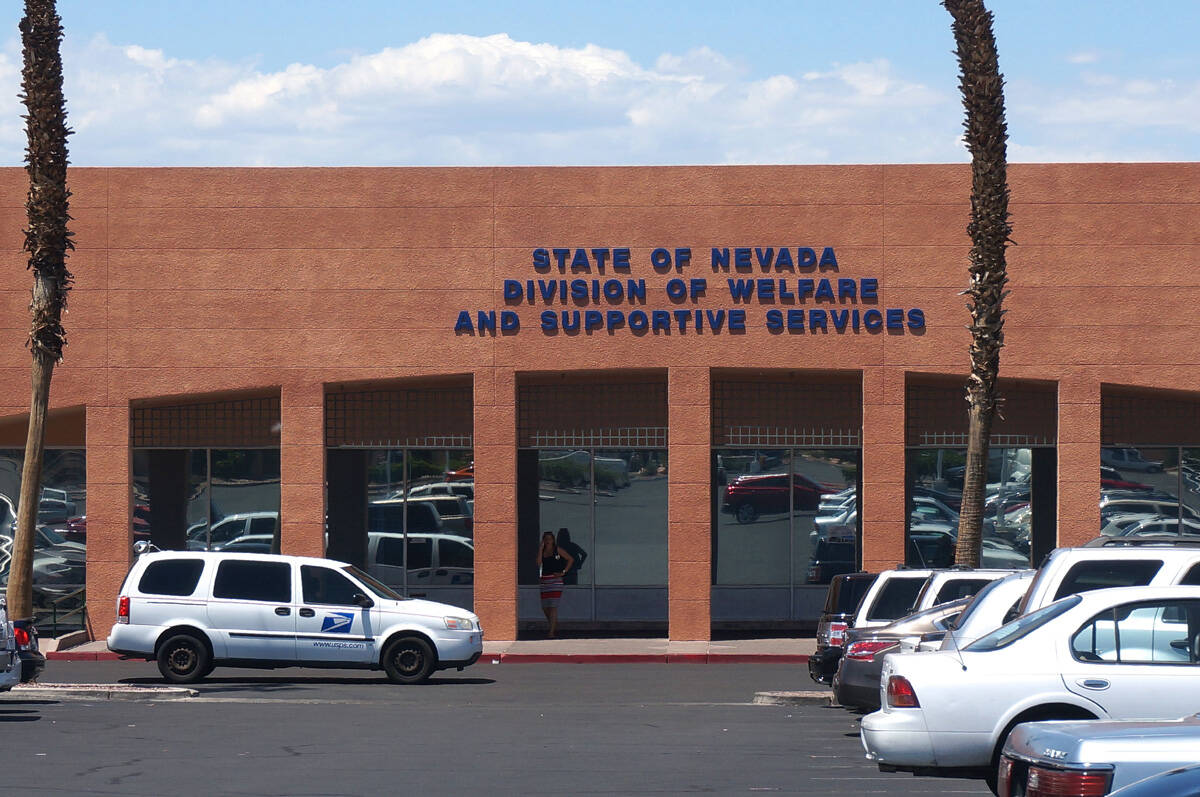EDITORIAL: The impressive success of the welfare reform
If 75 percent of a government program disappears yet the outcomes stay the same, that night be an indication of the program’s ineffectiveness. Consider welfare.
Late last month, ProPublica reviewed the results of federal welfare reform 25 years after Bill Clinton signed it into law as president. The piece focused on the Southwest states, including Nevada. It prominently featured Ruby Duncan, a Las Vegas activist who successfully fought welfare reductions in the 1970s.
The angle of the piece was obvious from the headline, “The cruel failure of welfare reform in the Southwest.” Welfare reform failed, the contention goes, because it didn’t lift “people out of poverty as promised.” But that’s an odd place to put the burden of proof.
Welfare itself was supposed to eliminate poverty. In his 1964 State of the Union address, President Lyndon B. Johnson kicked off the modern welfare state with his self-declared “War on Poverty,” saying, “Our aim is not only to relieve the symptom of poverty, but to cure it and, above all, to prevent it.”
Since then, the United States has spent tens of trillions of dollars on various welfare and anti-poverty programs. Advocates of expanding such programs are the ones who bear the burden of proof.
Welfare reform does provide an interesting test case on whether such payments lifted families out of poverty. It dramatically reduced the number of people living on taxpayer supplements. In 1996, there were 4.4 million families on welfare, which is now Temporary Assistance for Needy Families. Today, that number has fallen to 1 million, even though the United States has 60 million more residents.
“What ProPublica discovered is an abundance of overlooked stories of bizarre — and mean-spirited — practices on the part of state governments, which were handed near-complete responsibility for welfare under the 1996 law,” author Eli Hager writes. He continues: “And at the root of them all was that same closefistedness toward poor Americans that (then-California Gov. Ronald) Reagan conceived of 50 years ago.”
Yet Mr. Hager concludes that “child poverty hasn’t budged: Just as was true when the legislation passed, today nearly one in five American children are living below the poverty line, twice the average rate in other developed countries.”
That’s meant as a knock against welfare reform. It could just as easily be a takedown of welfare itself. The number of welfare recipients dropped by 75 percent after the ’90s reform, yet a key metric of welfare’s value remained constant.
Yes, American needs a modest safety net for those incapable of fending for themselves. But it has been obvious for decades that the War on Poverty has not eradicated poverty and may even create more dependency. ProPublica’s story — unintentionally — provides yet more evidence of that.




























